Fort Lytton at Night – A Lost Story from the Great War
By JOL Admin | 22 November 2017
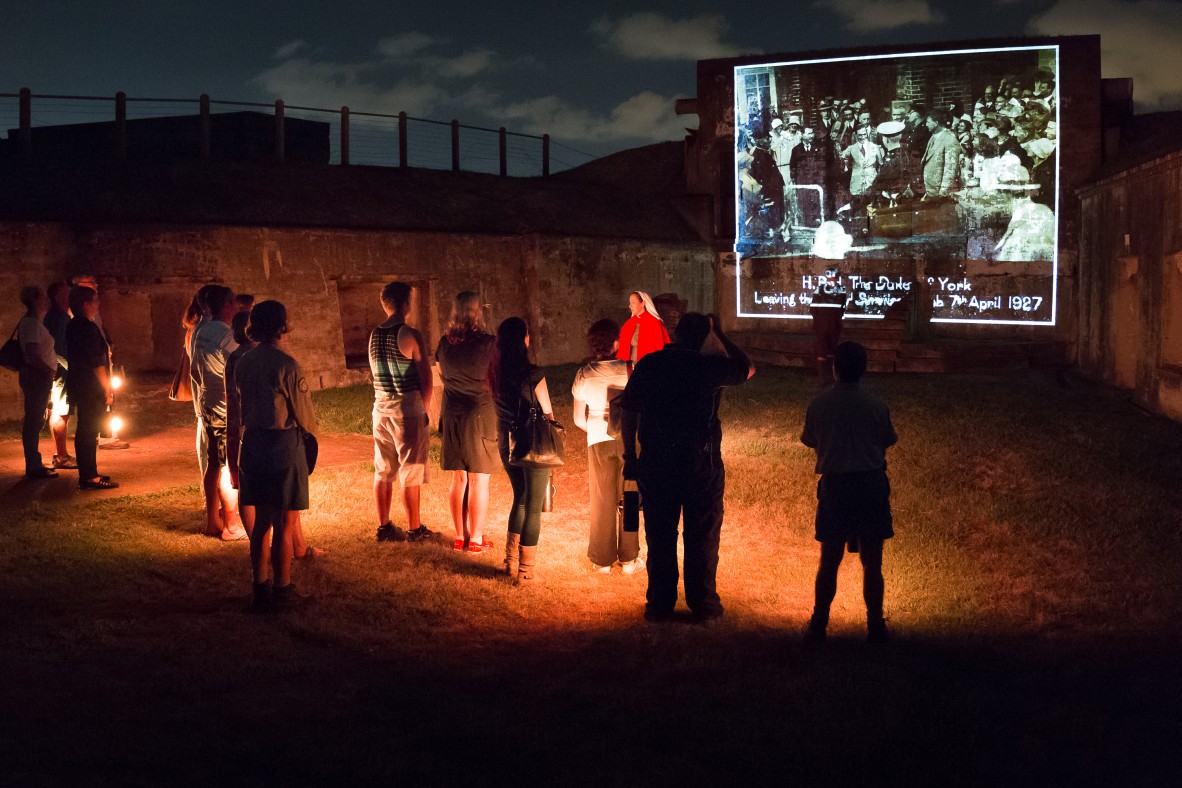
Guest blogger: Daley Donnelly, Ranger Fort Lytton National Park and St Helena Island National Park
In July 2014 rangers at Fort Lytton National Park were contacted by a retired teacher Christine Purvis, who wanted to share her research into family members who had a connection to the heritage site. So began an exciting journey that would lead to the creation of Fort Lytton at Night – A Lost Story from the Great War.
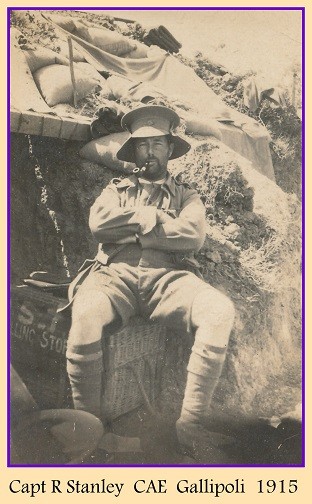
Christine is the granddaughter of Raymond Augustus Stanley. Ray had been a cadet, a Submarine Miner and a Signaler at Fort Lytton before the First World War. He went on to lead the 2nd Light Horse Signals Troop at Gallipoli and to command the 5th Division Signals Company in Egypt and on the Western Front. He survived the war and rose to the rank of Lieutenant-Colonel, Commander of Queensland signals, but his life was undoubtedly shortened by his war service as he died in his 48th year, due to breathing complications, in 1930.
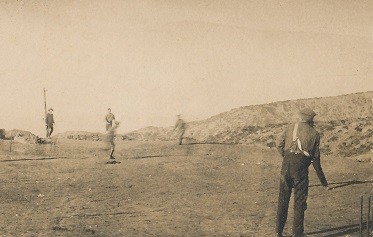
In learning of Ray’s story, we were struck by the way this one man’s life told, not only the story of Fort Lytton, but of the fort’s very strong connections to WWI. As Christine had all Ray’s WWI photographs and memorabilia, we were determined to tell his story at the fort during the QANZAC 100 period.
Coincidentally, when Christine made contact, we were exploring ideas with a Brisbane based company to develop equipment for night tours of the historical sites. When funding was made available, we knew exactly what we wanted to do and our application was successful. Over several months we worked to create a unique sound and light experience using the historic fortifications as the backdrop and setting for a dynamic performance piece taking audiences through time and around the world.
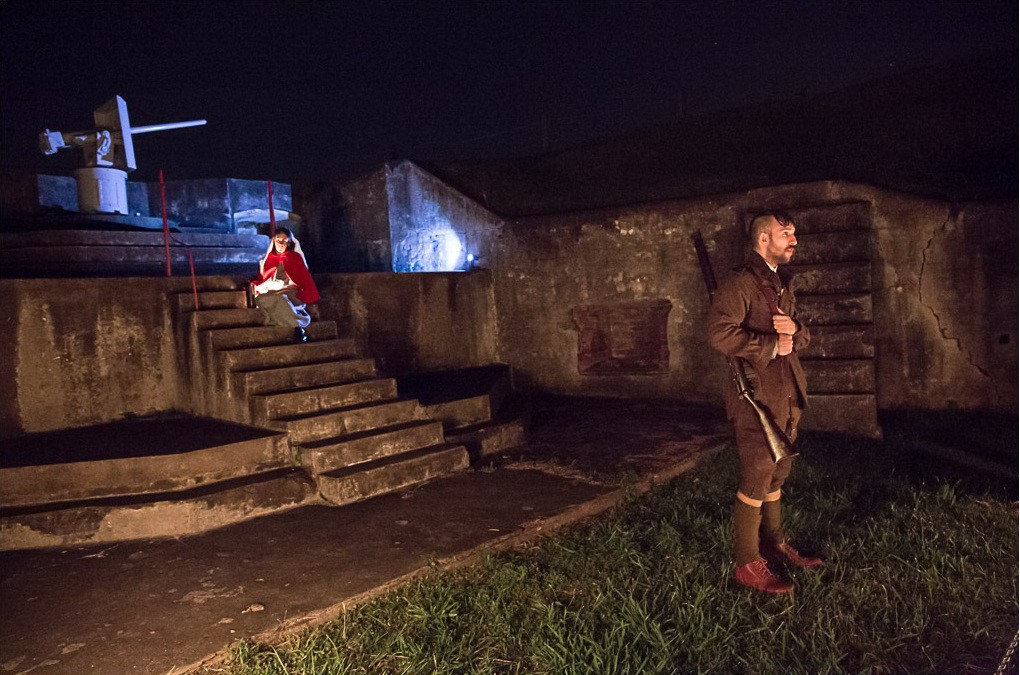
The story was told by two presenters using various performance techniques and sophisticated technology.
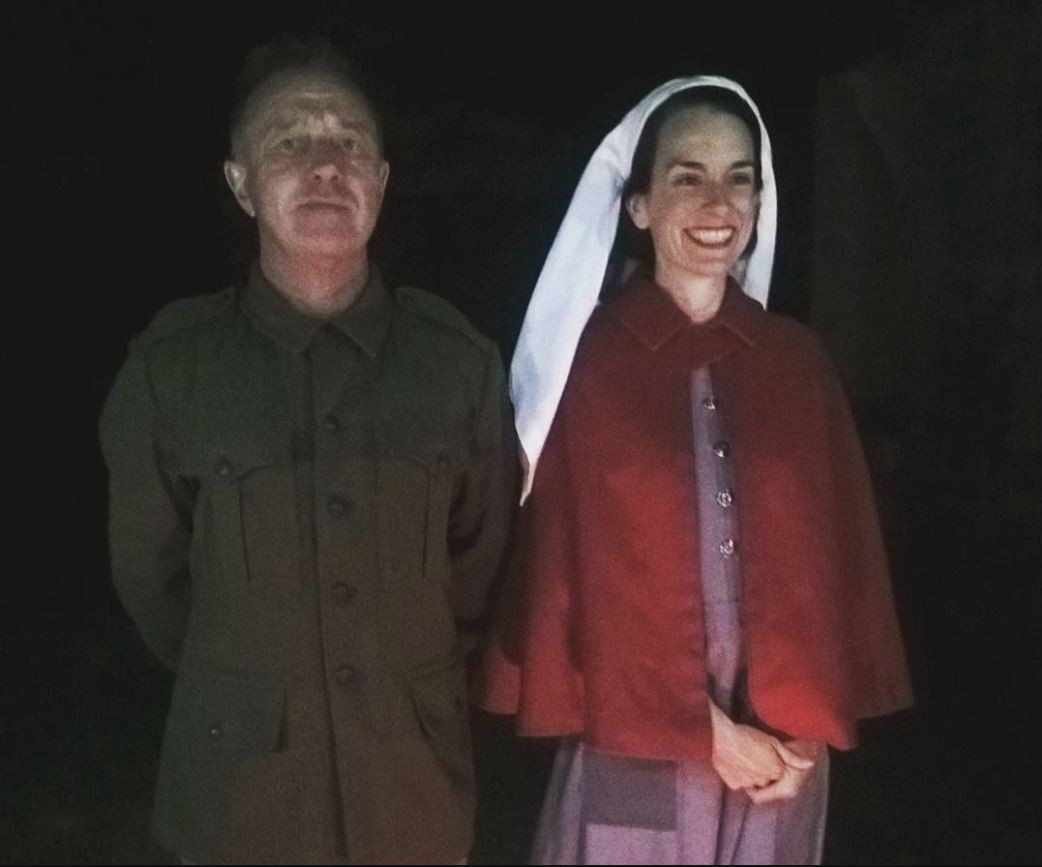
With the male actor playing the role of Ray, the main presenter dressed as a WWI nurse acted the part of tour guide. Ray was hospitalised at Gallipoli and on the Western Front; and we wanted to include the story of the women who joined the AIF. It was an artistic decision to create the fictional role of Vera, who was there to represent the nurses who went overseas too.
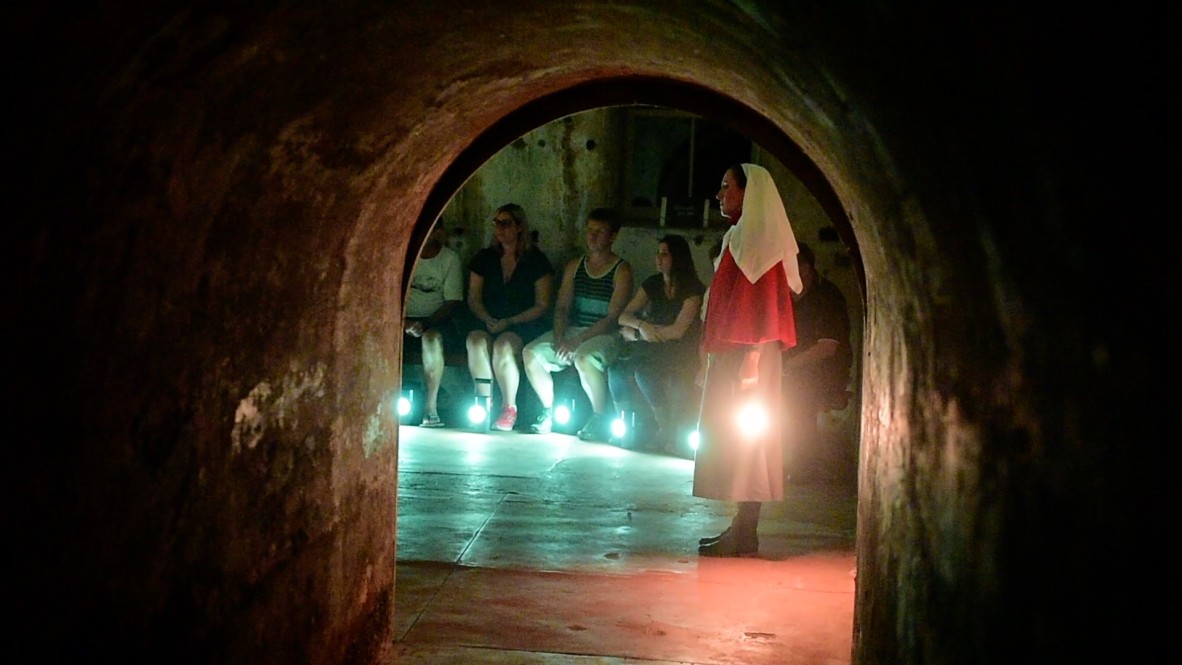
But the real star of the event on the night was the fort itself: lit up by lantern light and transformed by projections and soundscapes, it really did come to life.
Niles Elvery, Senior Project Officer, Q ANZAC 100, State Library of Queensland.
Comments
Your email address will not be published.
We welcome relevant, respectful comments.